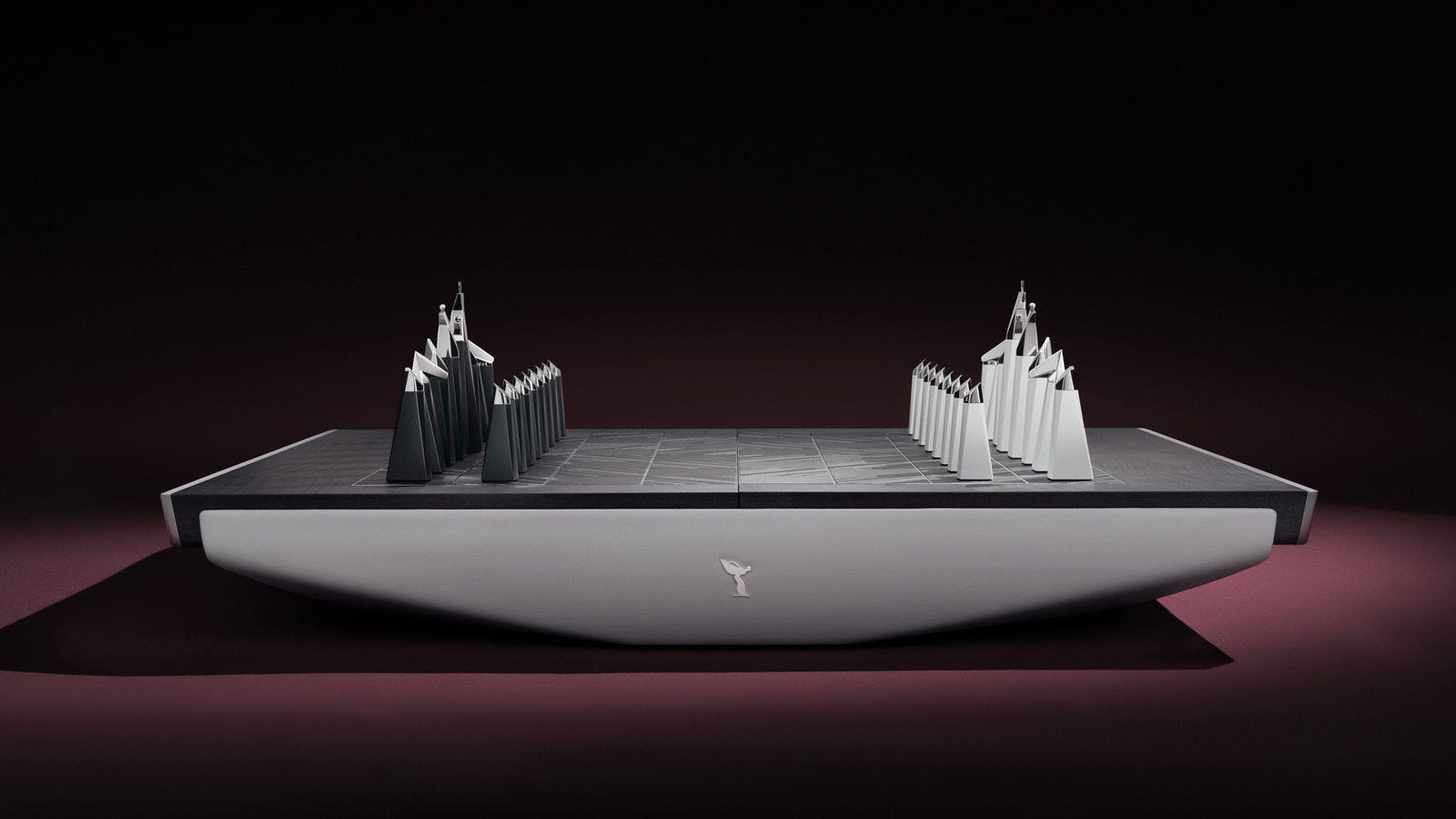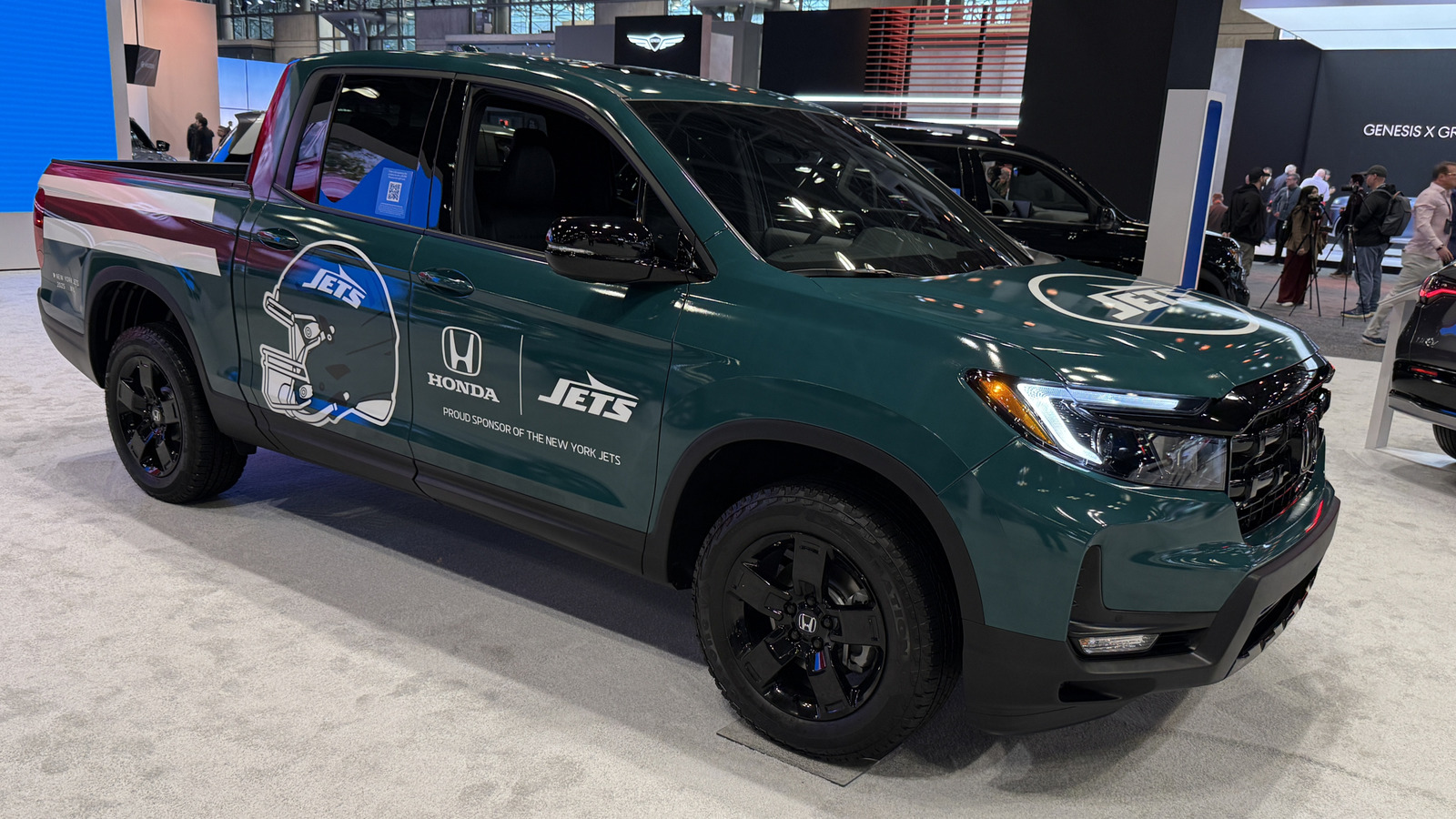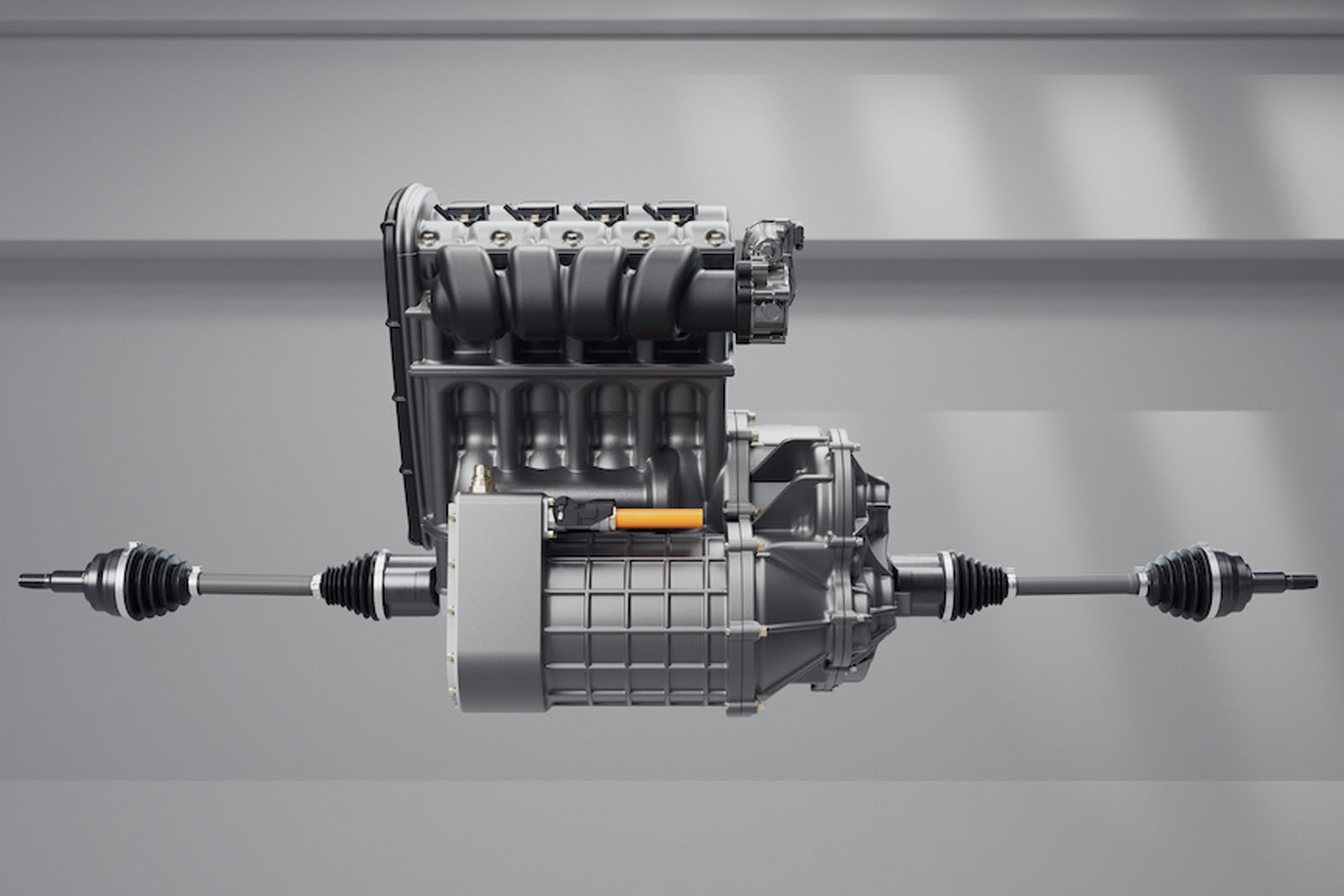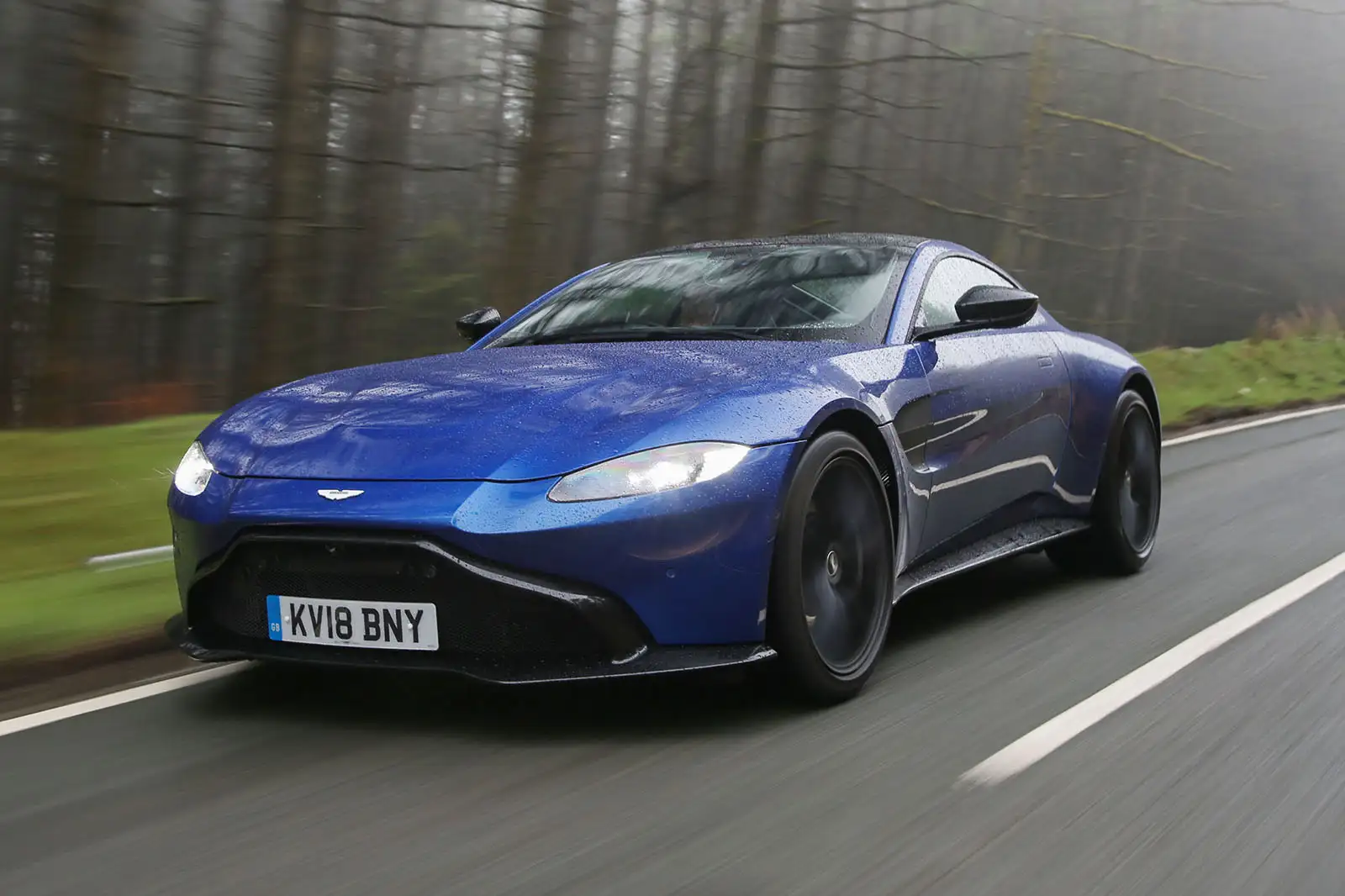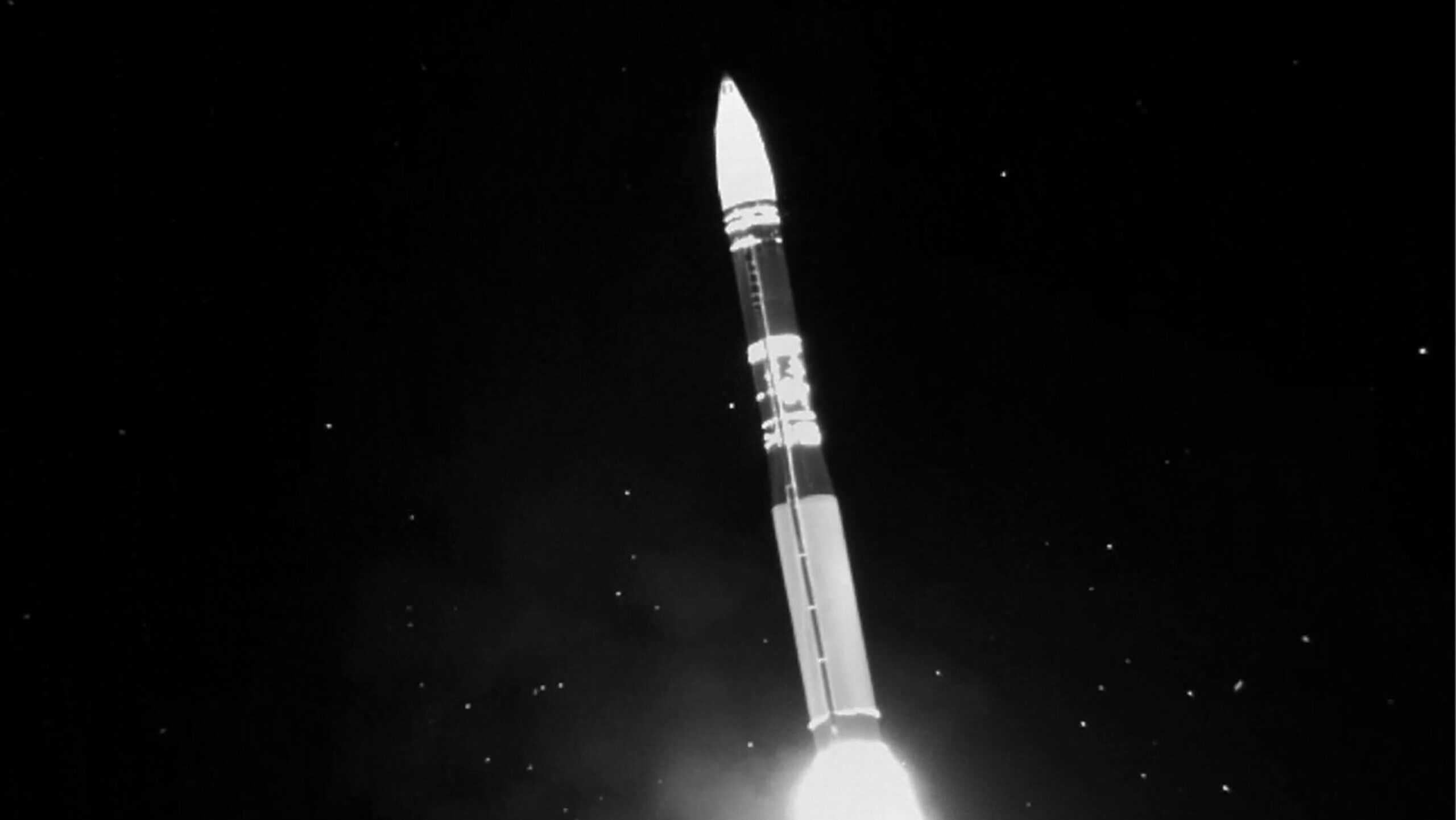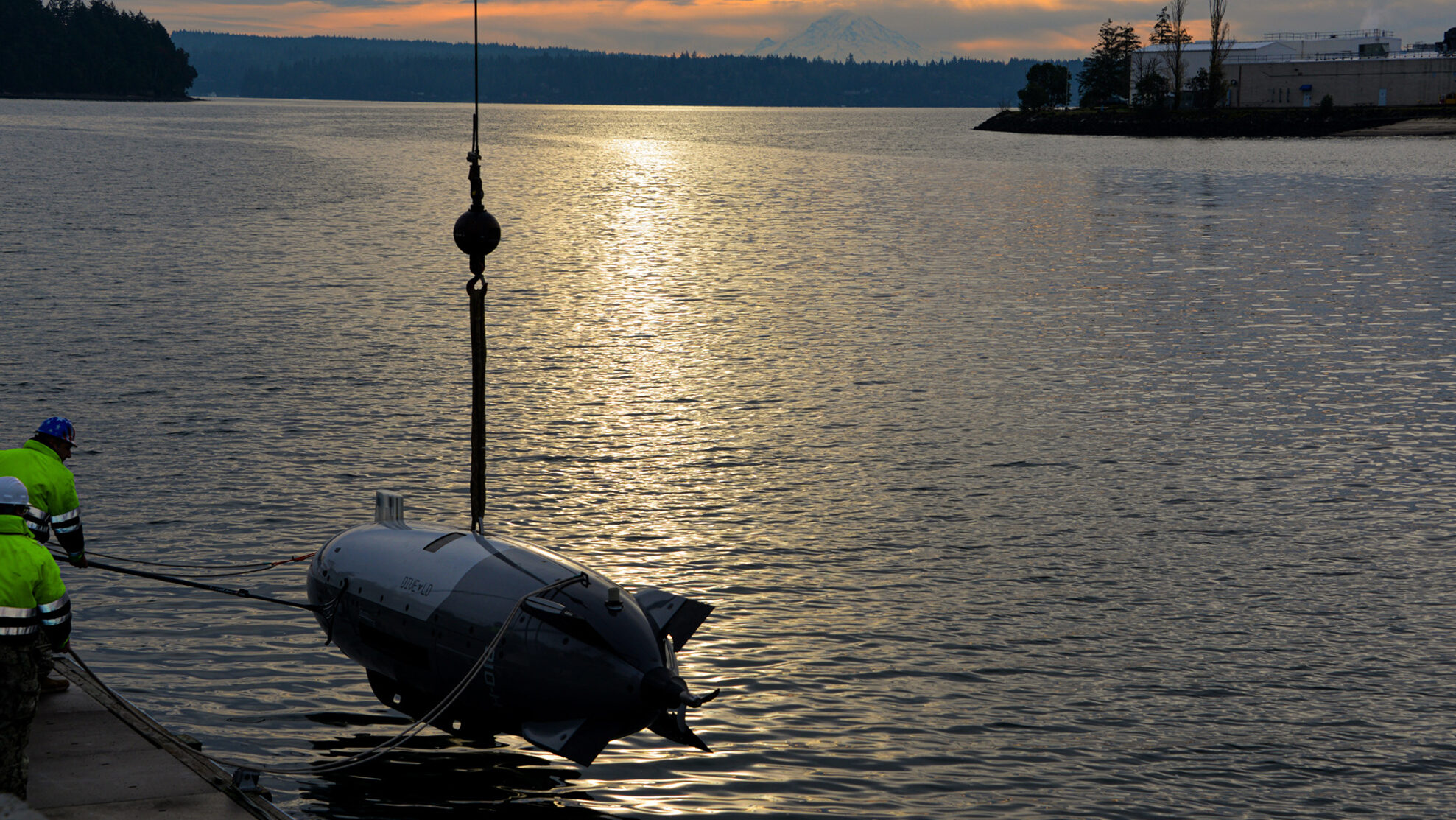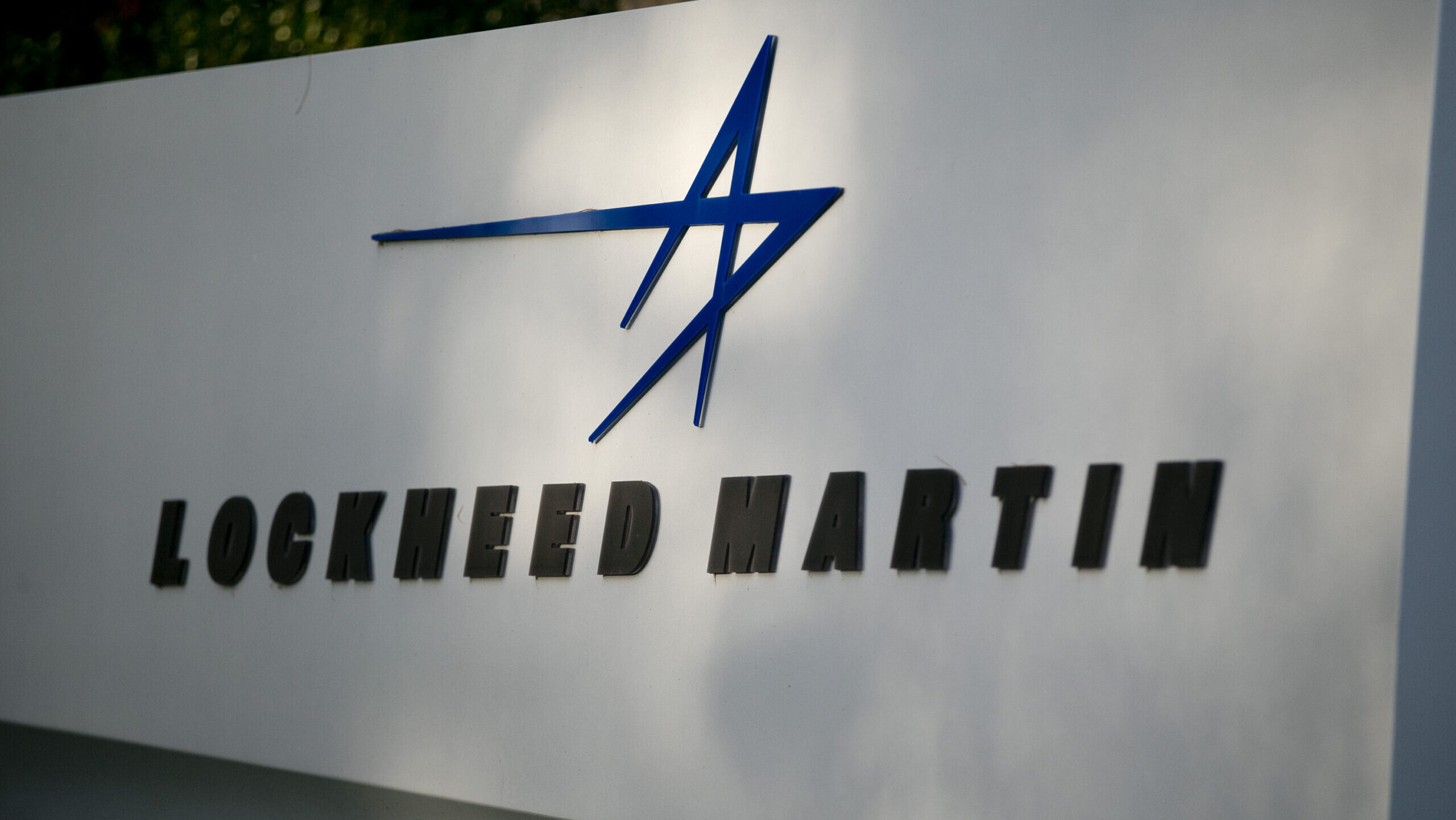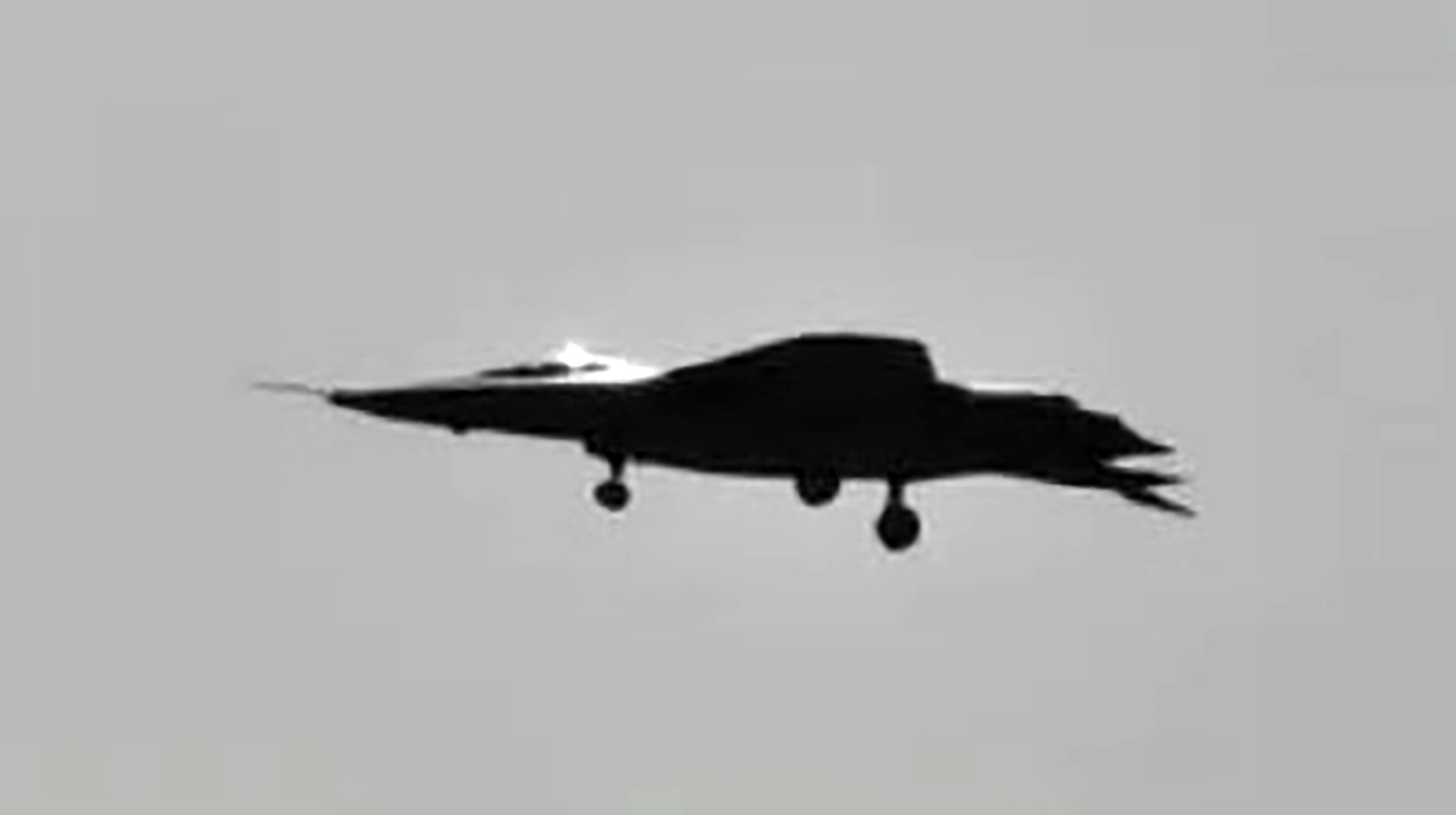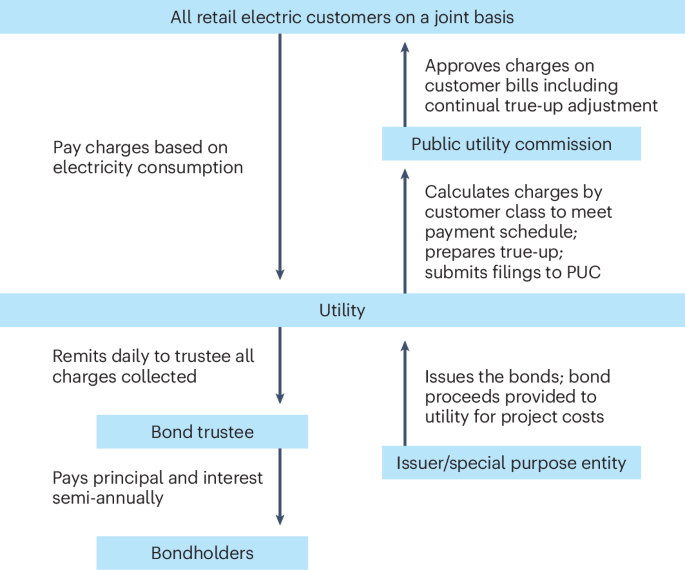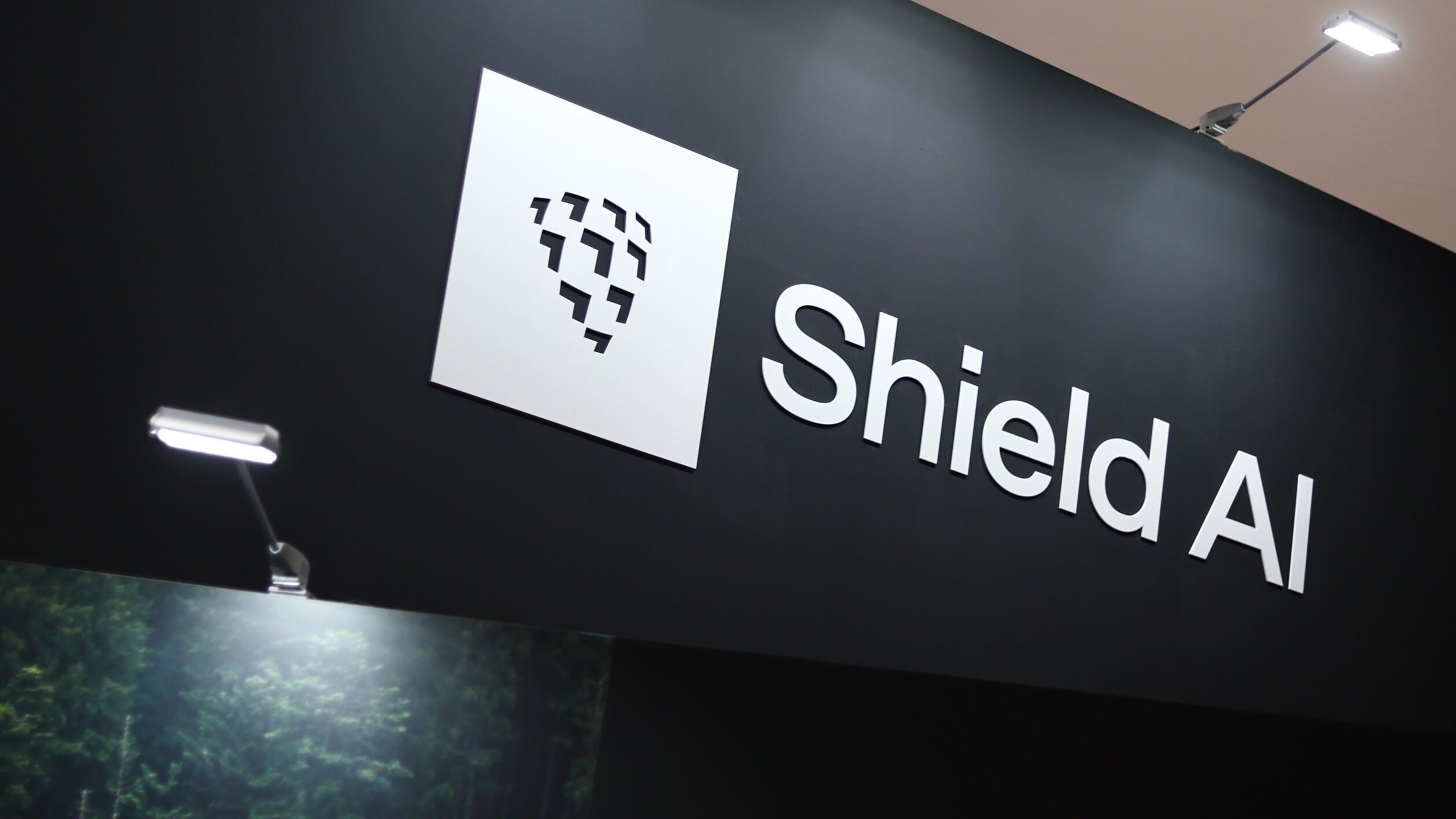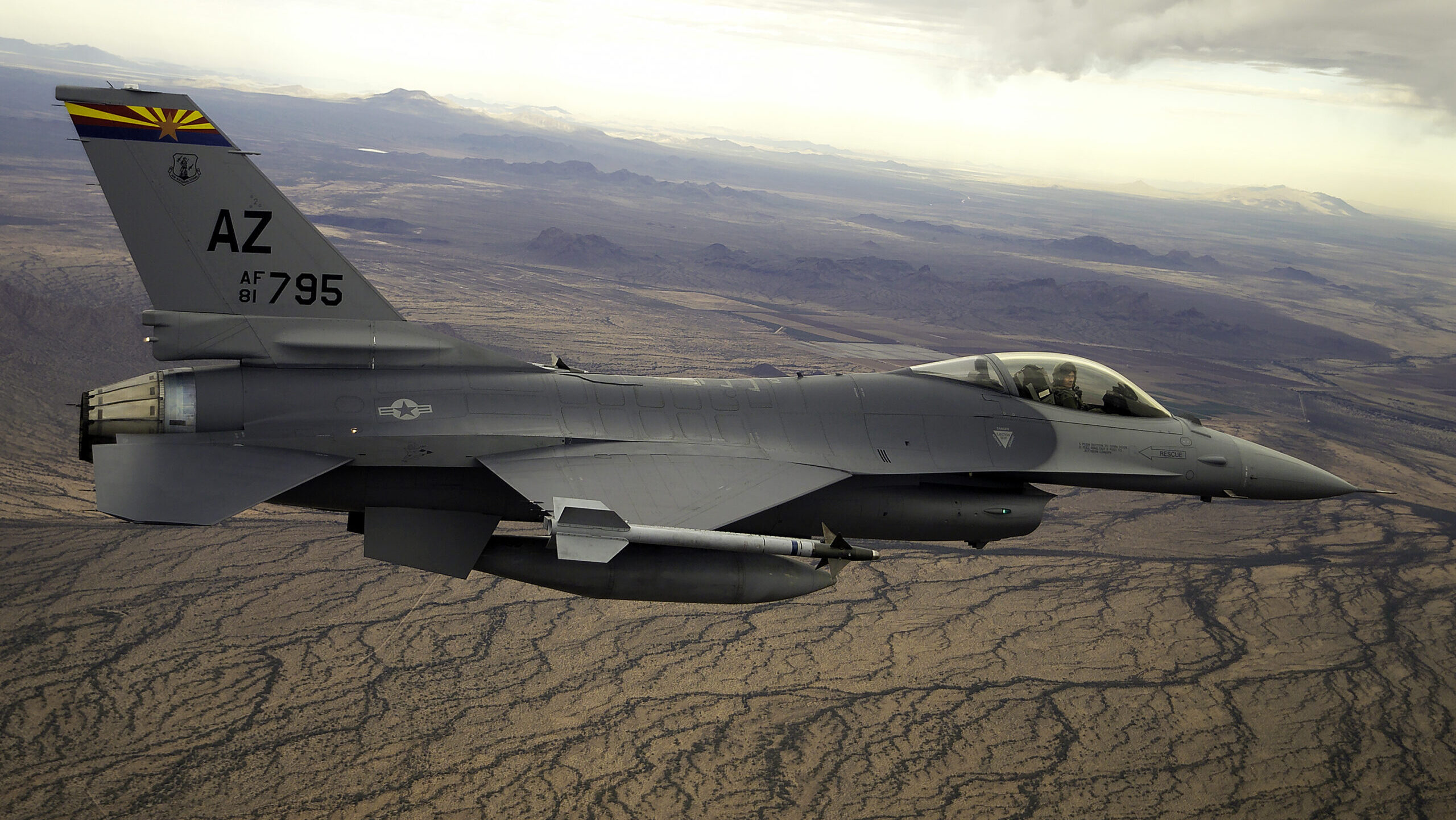MQ-25 tanker drone flight this year will require ‘ton of work,’ warns NAVAIR head
Vice Adm. Carl Chebi suggested program officials needed to ramp up discussions about pre-flight issues if they want to see the MQ-25 in flight before the end of the year.
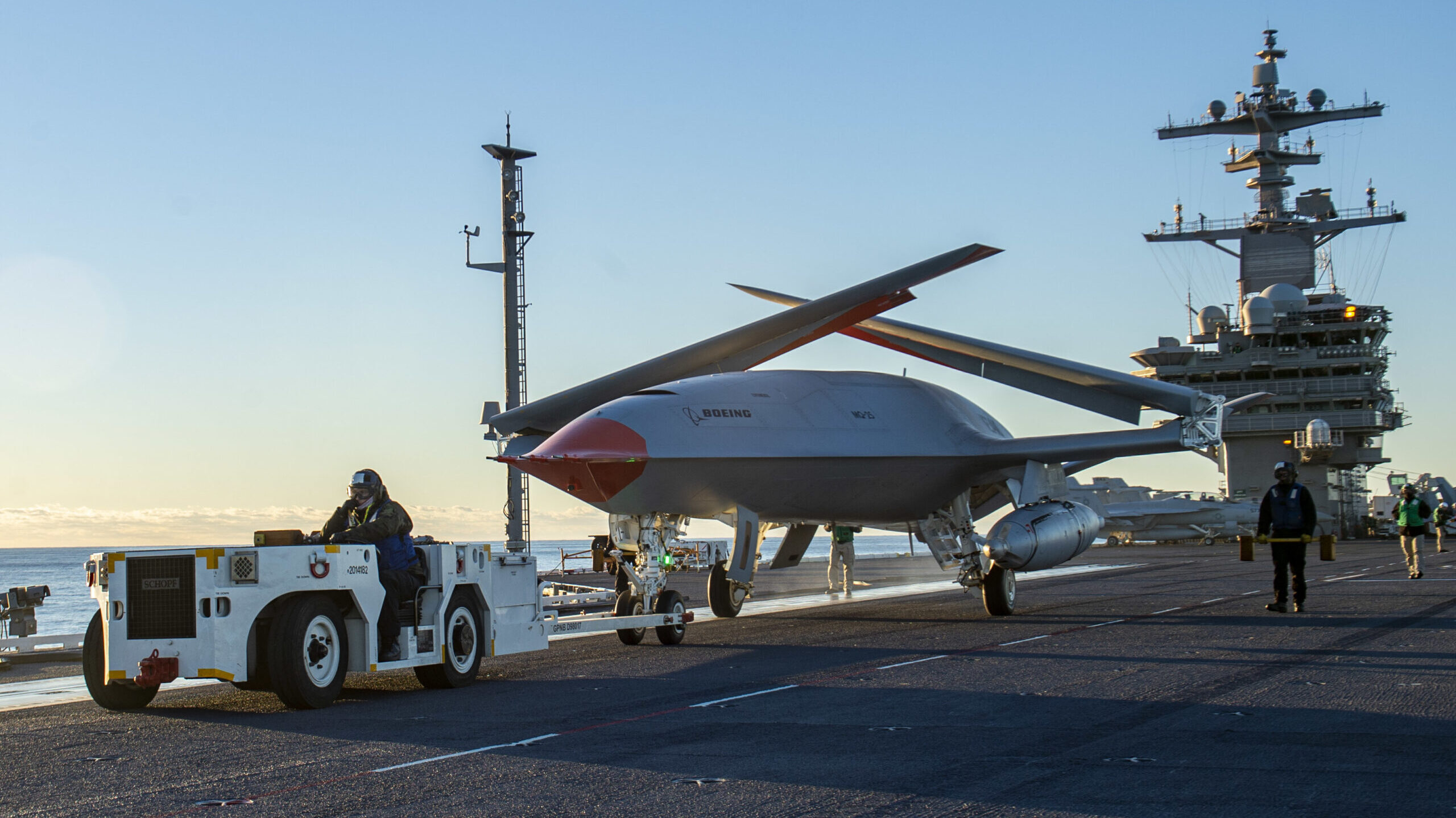

A Boeing unmanned MQ-25 aircraft is given operating directions on the flight deck aboard the aircraft carrier USS George H.W. Bush (CVN 77). (U.S. Navy photo by Mass Communication Specialist 3rd Class Brandon Roberson)
SEA AIR SPACE 2025 — Boeing’s MQ-25 tanker drone is set to make its first flight some time this year, but the head of Naval Air Systems Command warned that here is “a ton of work” to do before takeoff.
“We’re going to fly this thing this year,” Vice Adm. Carl Chebi said during a Tuesday panel at the Sea Air Space conference. “There’s a lot of work right now, a lot of tough discussions going to happen over the next couple of months, for us to fly the thing in 2025.”
Production delays have pushed the initial operational capability milestone for the MQ-25 Stingray to fiscal 2025 — a delay of about a year, USNI News reported in 2023. But despite the headwinds, the program appears to be inching to a key target of flying the aircraft for the first time in 2025 ahead of its first flight off a carrier in 2026.
RELATED: MQ-25 will fly in 2025, fly off carriers in 2026
Chebi said that there is a “lot of confidence” in the 2025 date, but that much will depend on whether the Navy and Boeing can identify and remove any “barriers” that come up during pre-flight testing.
“Is that truly a requirement? Do I need to do that test before I field it, or can do it later? Those discussions must occur right now,” he said. “My perspective: They are happening at too low a level, and we have too many folks saying ‘No, we don’t have the authority to say yes.’”
Vice Adm. Daniel Cheever, commander of Naval Air Forces, said he has seen improvement in Boeing’s execution since the company made leadership changes that included the appointment of Dan Gillian as the company’s vice president for air dominance technologies.
“I’ve already seen his team swarm quickly on things, to solve things that maybe before might have taken a month or two months and were solved in days or weeks or less,” Cheever, known as “Air Boss” due to his standing as the Navy’s top operational aviator, told Breaking Defense after the panel. “So I’m seeing this thing accelerate, and personally, I’m just getting more and more excited about it, because I see the end of the rainbow here, where I’m actually flying the MQ-25 off the carrier.”
Gillian acknowledged that there had been “hard discussions about where we’ve been, where we needed to be” when he came on board but that the data indicates that the flight date is possible.
“Air Boss came out and said, ‘That’s our objective. Let’s go make that happen.’ And it’s helped the team rally,” he said. “There’s a lot of hard discussions to have, because any time you’re taking an airplane like this to flight and in the test for the first time, it’s a big undertaking, it’s a complex problem. I am confident that we have the relationships and the discussions happening in real time all the time, so that as problems come up, because they will, that we’ll be able to solve them.”
The MQ-25 is designed to take over the refueling missions for the carrier air wing, allowing the Super Hornet to focus on its strike mission instead of having to refuel other fighters. The tanker drone will also carry out intelligence, surveillance and reconnaissance operations as a secondary role, and Boeing executives have touted potential future MQ-25 modifications that would allow it to carry weapons.
A demonstrator version of the MQ-25 first flew in 2019, but the aircraft slated to make its first flight this year is “significantly different,” having been built to last the Navy decades, Gillian said.











